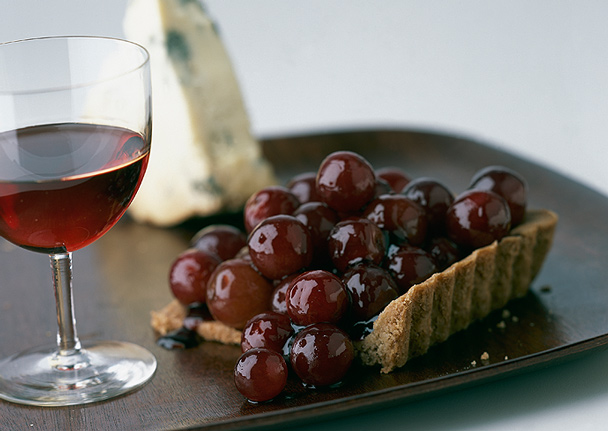Whether cooking a casual meal at home or hitting the town with your closest fellow gourmands, selecting a bottle of wine to accompany your feast can seem daunting if you feel you lack pairing know-how. The good news is that there's no such thing as right or wrong when it comes to which bottle will go best with a given dish—it all depends on your personal taste. So, though no hard-and-fast rules apply, there are several points to consider for a better match, and thus a better overall dining experience.
1. Suit Yourself
First, and most important, don't stress when it comes to selecting a wine. Keep in mind that there is no single perfect wine for a dish, which means multiple wines and styles can be appropriate. Staring down a wall of wines or a seemingly endless wine list is much less daunting when you realize that it is your personal taste preferences (and perhaps the preferences of your fellow diners) that ultimately govern the success of your pairing. If it's your pick, your palate takes precedence, which makes you the authority.
2. Size Up Your Occasion
It's important to consider what role wine plays in the occasion at hand. Some meals are driven entirely by the food, with wine playing a supporting role, while other events showcase the wine. It all comes down to the event, be it a weeknight dinner at home, a Sunday brunch, or a celebratory Friday night feast. Each of these occasions places a different degree of importance on what will be in everyone's glass, and therefore how much time and investment will go into the wine selection. Are you snacking for fun, toasting to celebrate, or sipping for business?
3. Consider the Key Ingredients
It's usually most important to match the fundamental characteristics of your meal to the variety of wine. For most dishes, the main ingredient—typically the protein component, such as seafood, meat, or poultry—will steer your choice. Wines can have similar-sounding properties to foods, and you generally want to match the basic elements of both: For example, light, simple wines with light-textured, simple foods, and thicker, rich wines with more complex, richer foods. The adage "white with fish and red with meat" is a commonly followed practice, for good reason—although I would argue there are situations that may warrant changing things up and serving a red with heavier fishes, such as swordfish. Although a Sauvignon Blanc or Chardonnay might generally make a good initial match with most fish dishes, if you were to grill the fish, or accent the dish with a tomato salsa, a Pinot Noir instantly becomes more desirable. Similarly, a richer white wine, rather than a red, can go well with veal or braised beef because the white wine keeps the tone of the meal from getting too heavy.
4. Factor in the Cooking Techniques
The character of key ingredients can change dramatically depending on how they're cooked. For example, grilled salmon is a very robust dish that takes on a smoky richness from the flames—a flavor profile that would pair best with a heavier wine. However, poached salmon is much brighter and more delicate in flavor, so a lighter wine would work best here. Clue in to the cooking technique for the main dish, and fine-tune your wine selection accordingly.



 Pinterest
Pinterest


